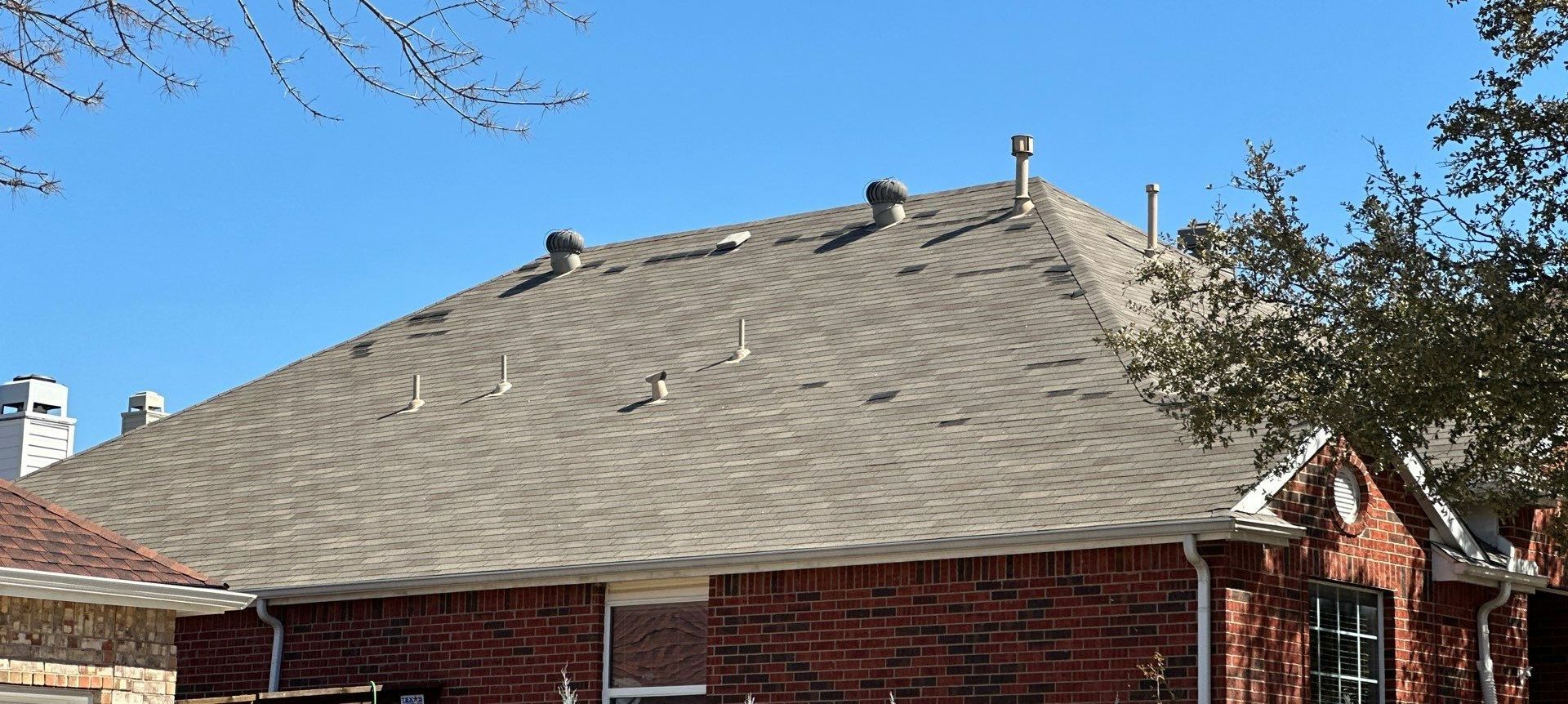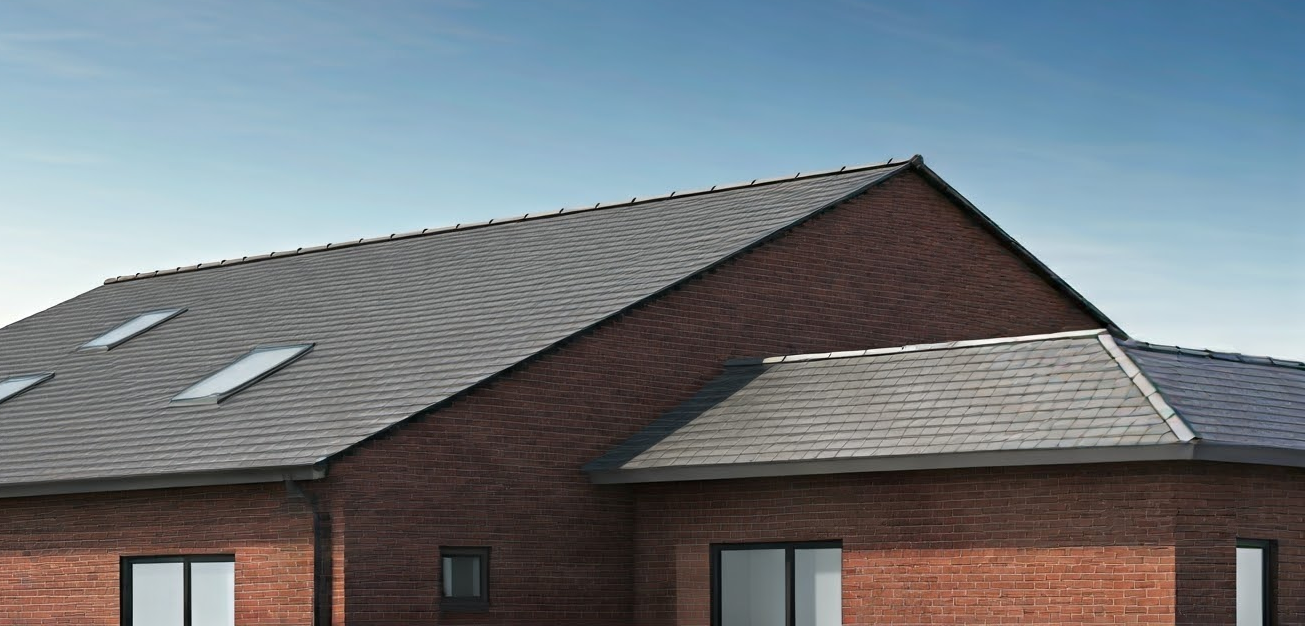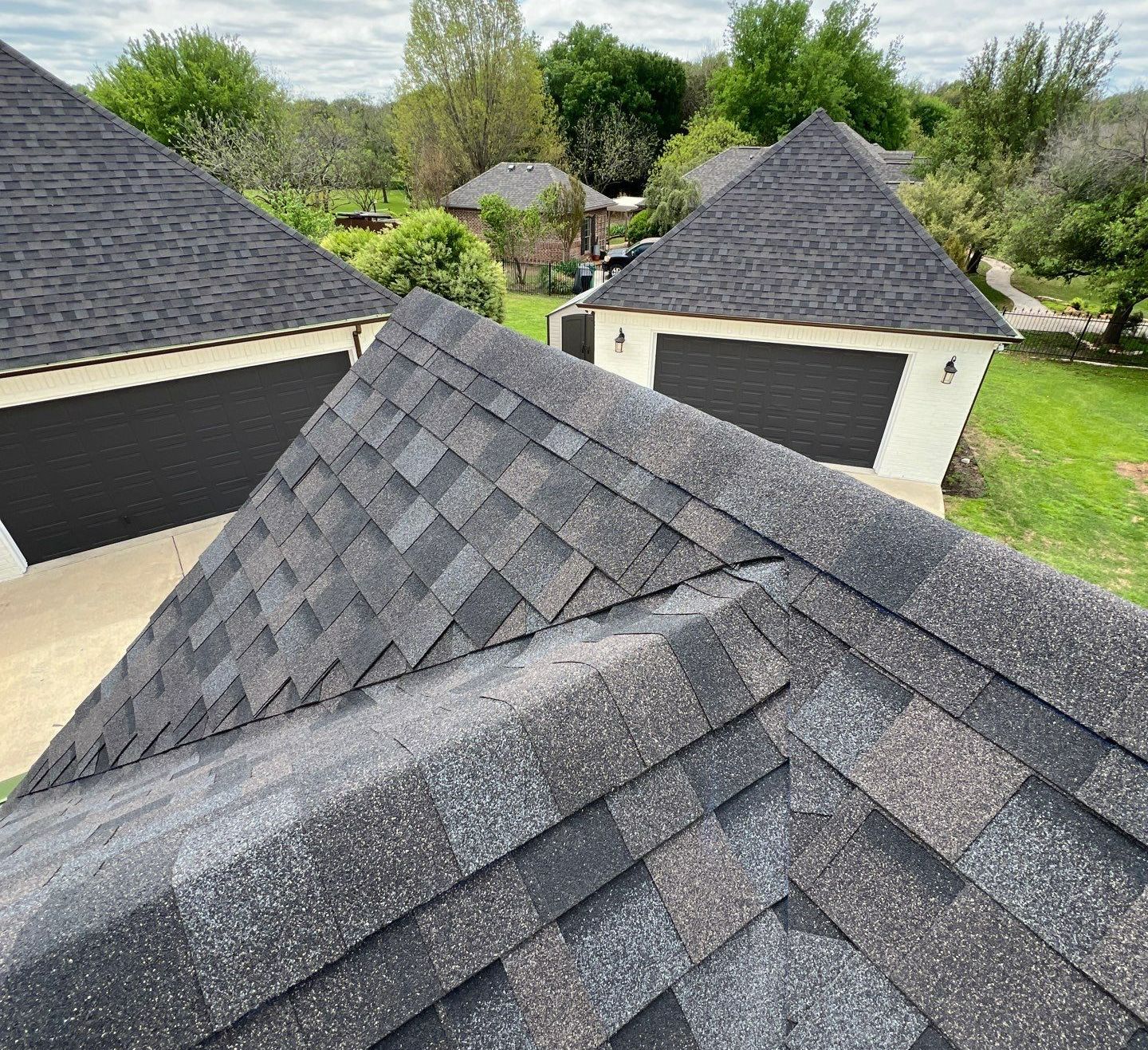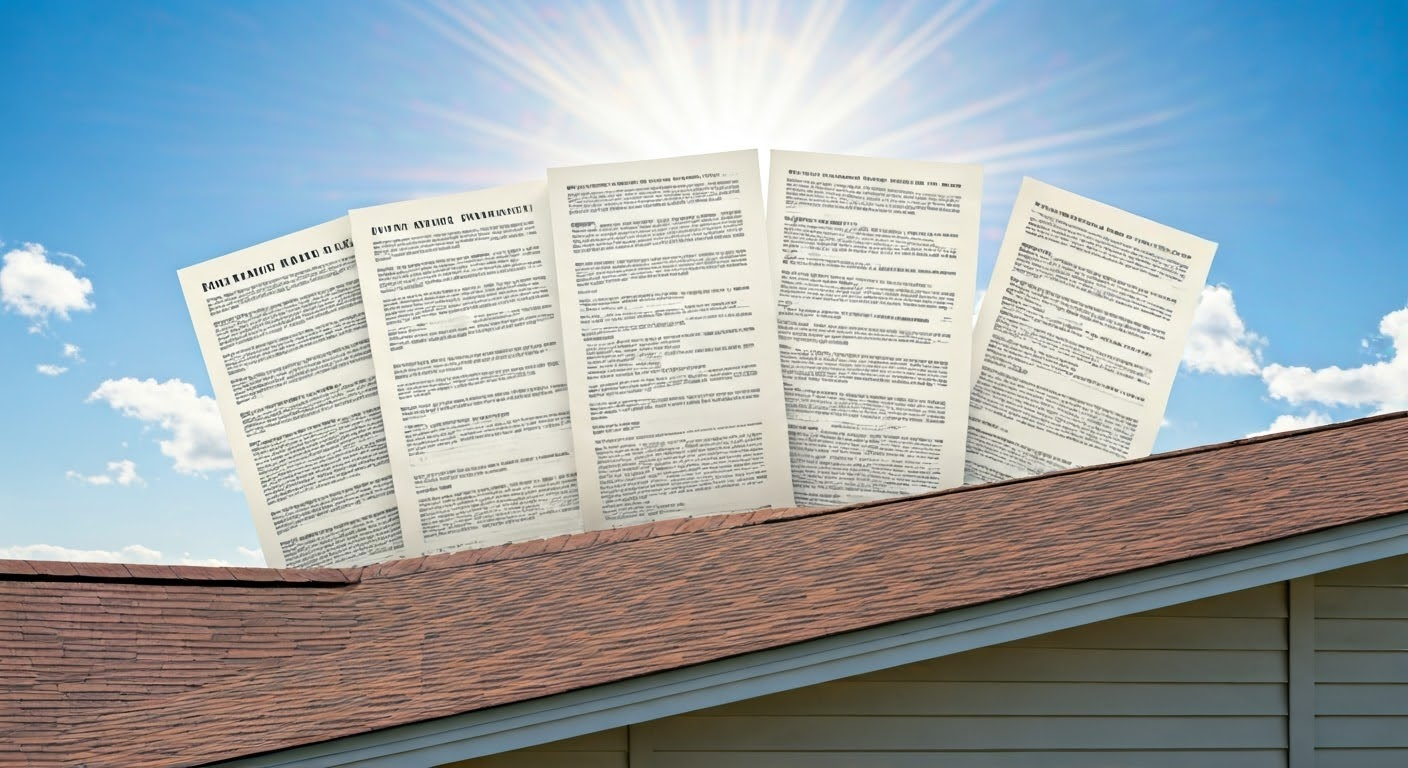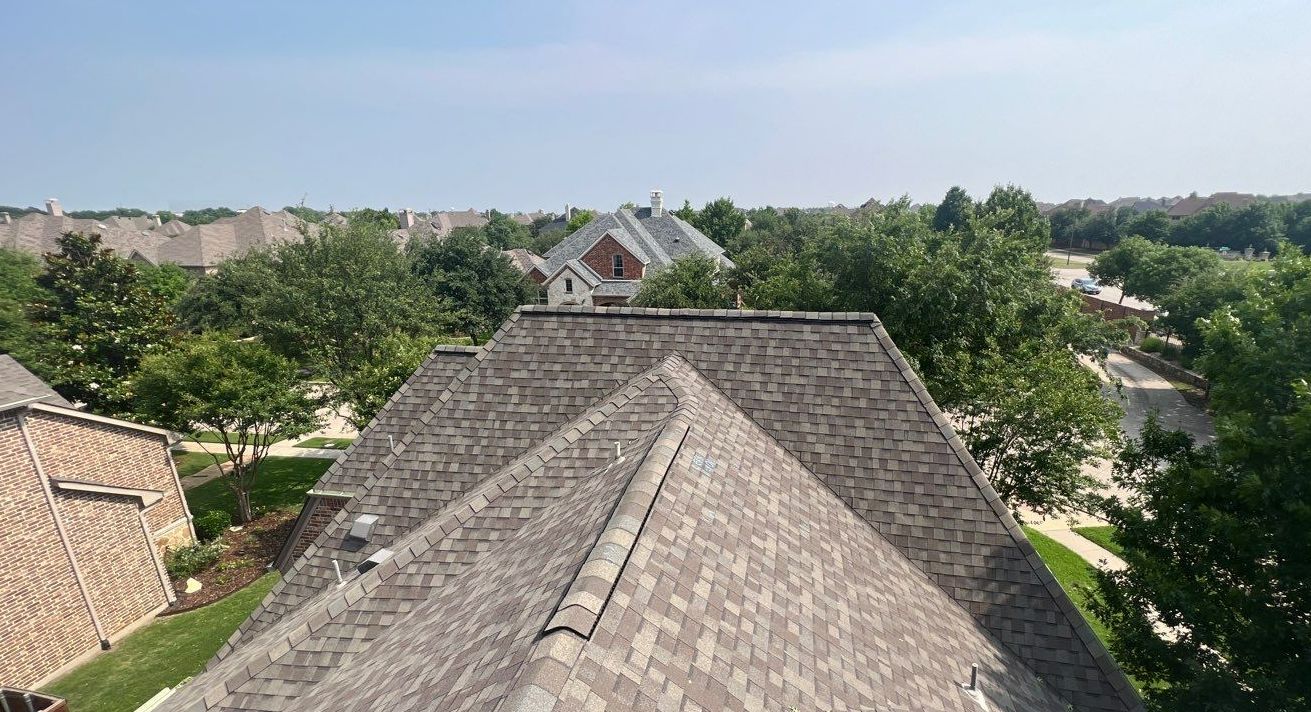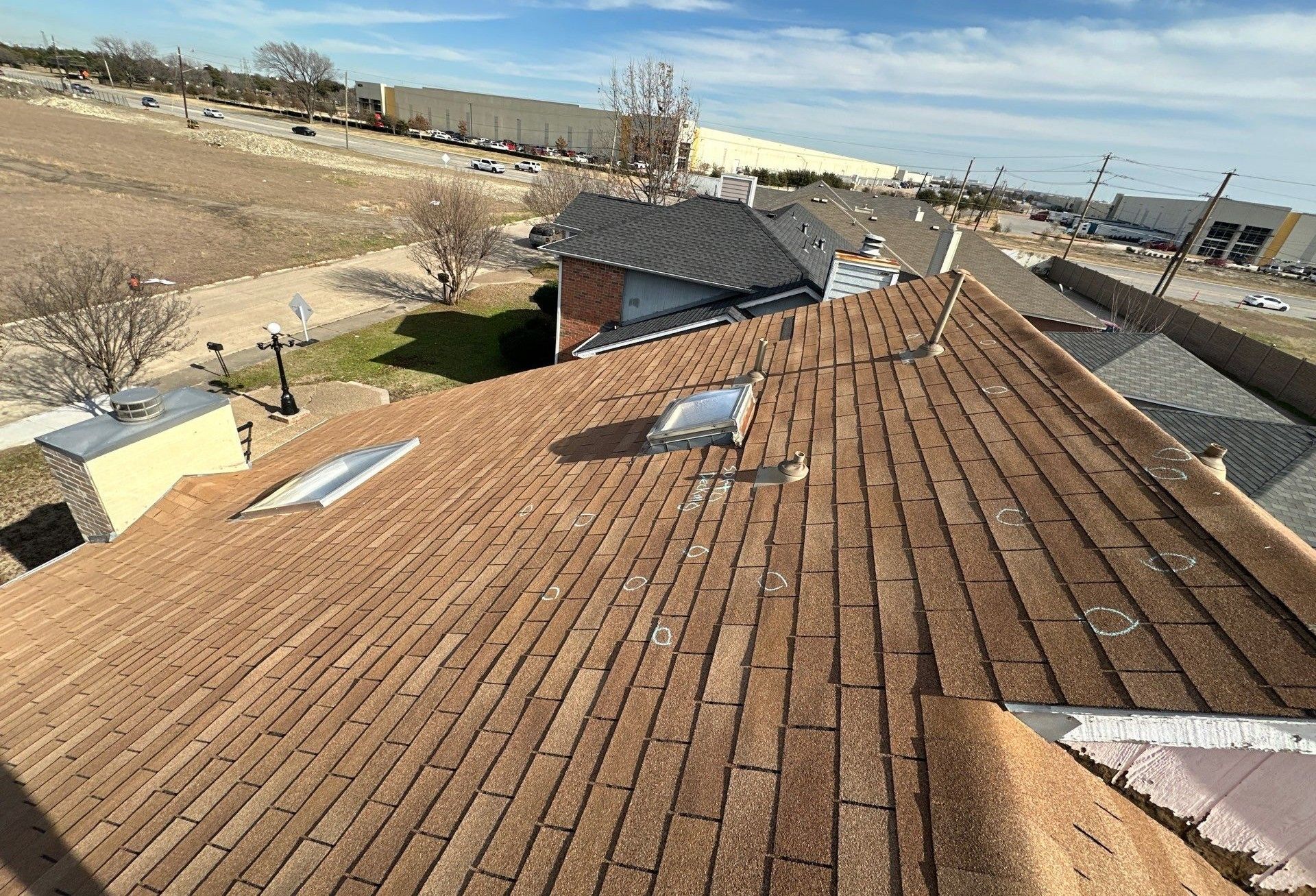Seasonal Roof Maintenance Checklist 2025
Seasonal Roof Care Checklist
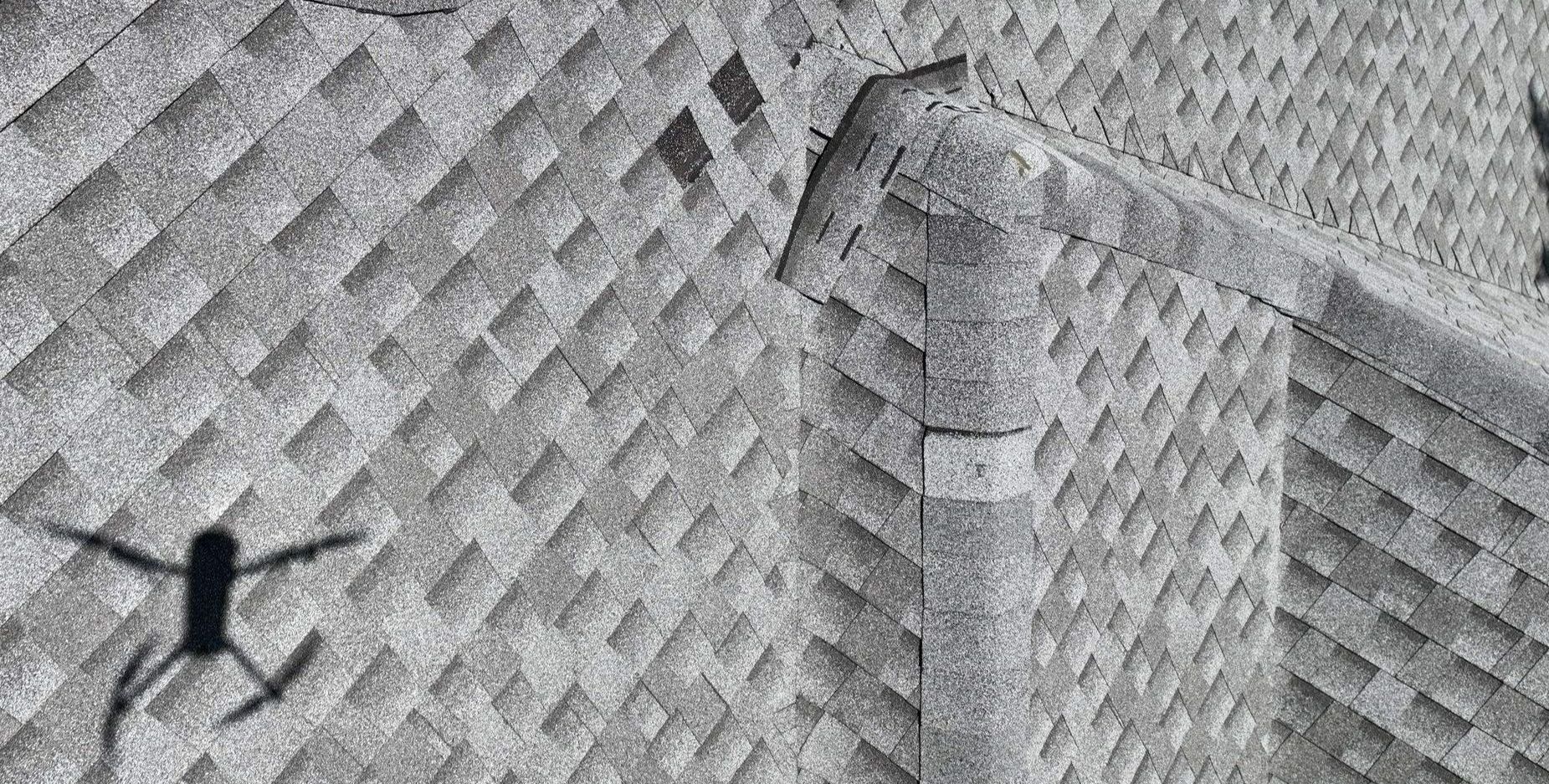
Key Highlights
- Regular roof maintenance is essential for protecting your home and extending the life of your roof
- Different seasons bring unique weather challenges, requiring specific maintenance tasks
Introduction
Seasonal maintenance is very important for owning a home. Your roof, which protects you from the weather, needs careful attention. When you know how each season affects roofing materials, you can take steps to reduce possible problems. This complete seasonal guide will list key roof maintenance tasks. This way, your roof will stay in good shape all year long.
Spring Roof Maintenance Essentials
As winter ends and spring comes, it's time to check your roof. After months of bad weather, your roof might need some care. Spring roof maintenance should include fixing any damage from winter, cleaning the roof, and getting ready for spring rains and summer heat.
Assess Winter Damage
Winter can affect roofing materials, even if you took steps to prevent problems. After the winter solstice and as the weather starts to warm up, it's a good idea to check your roof carefully. Look for any missing, cracked, or damaged shingles. Pay special attention to the edges and valleys. That's where ice and snow usually gather. Also, check the flashing around chimneys, vents, and skylights for any signs of wear or damage.
Clean Roof Surface and Remove Debris
Spring cleaning is not only for the inside of your home! During the winter, things like leaves, twigs, and pine needles can pile up on your roof. This debris can hold moisture against your shingles. That can make them wear out faster. Also, the debris can block gutters and downspouts, which can stop proper drainage. To fix this, carefully clear any debris from your roof. You can use a soft-bristled broom or a leaf blower on a low setting. Don't use harsh tools or pressure washers, as they can harm the shingles.
Inspect and Maintain Roof Ventilation Systems
A well-ventilated attic is important for a healthy roof system, especially in the spring and summer when temperatures go up. Proper ventilation keeps the temperature and moisture in your attic in check. This can help stop potential problems like mold, wood rot, and shingle damage. Make sure to check your roof vents to see if they are clear of any blockages like debris or bird nests. It's also a good idea to check that soffit vents, which are usually found under the eaves, are not blocked.
Summer Roof Preservation Tips
Summer can be a break from the hard winter, but it also brings problems for your roof. Strong sun exposure and heat can damage roofing materials. This can cause fading, cracking, and make your roof age faster. Summer roof maintenance aims to reduce these issues and keep your roof strong.
Protect Your Roof from Sun and Heat Damage
The hot summer days mean more time in the sun. This can harm the protective layer on asphalt shingles as time goes by. If this happens, the shingles might curl, crack, and your roof might not last as long. You can't change the weather, but you can pick lighter shingles. Lighter shingles reflect more solar radiation and help keep your roof cool. You may also want to talk to a roofing expert about adding reflective coatings to your roof. This can help reduce how much heat it takes in.
Conduct a Mid-Year Check-up
It's a good idea to do a roof check in the summer, even if you keep up with maintenance. This mid-year inspection can spot problems that may have come up since spring. Look for damage from spring storms. Check for loose or missing shingles, damaged flashing, and clogged gutters. Also, take a look at your attic for any signs of leaks, water damage, or too much heat.
Seal and Waterproof as Needed
Keeping your roof dry is very important. Over time, sealants and waterproofing can wear down because of the weather. This can create weak spots. Summer is a great time to check your roof and reseal places that might leak. Look at:
- The flashing around chimneys, vents, and skylights
- Any gaps or cracks in sealant around roof openings
- Where different roofing materials come together.
- Using a good sealant on these spots can help keep water out. This will protect your home from water damage.

Preparing Your Roof for Fall Maintenance
As summer ends and autumn arrives, you need to get your roof ready for the cold months. Leaves and debris can start to gather, and storms might come. These things can harm your roof. Taking steps now will help keep your roof in good shape all winter long.
Inspect and Clean Gutters and Downspouts
One of the key tasks for fall is to check and clean your gutters and downspouts. During autumn, leaves and debris can build up in the gutters. This blocks the flow of water. When it rains, clogged gutters can make water spill over. This can hurt your siding, landscaping, and even the foundation of your home. To stop this from happening, clear out all debris from the gutters. Use a hose to wash away any leftover blockage. Also, make sure downspouts send the water away from your home’s foundation.
Check for Damage and Repair Shingles
Before winter comes, check your shingles carefully for any damage. Hot summer weather can make shingles curl or crack. This can make your roof weak. Look closely at spots where shingles might be loose, missing, or broken. As a homeowner, you can fix small problems by yourself. But if there is serious damage, you should call a professional roofer. Taking care of these problems in the fall will help stop more damage when winter arrives.
Trim Overhanging Tree Branches
Autumn often brings strong winds. Tree branches that hang over your roof can be a big danger. These branches can scrape against your shingles. This might knock off granules and make your roof more likely to have leaks. In big storms, branches can break and cause serious structural damage. To reduce these risks, homeowners should cut back any branches that are close to or touching their roof.
Winter Roof Care Strategies
Winter brings special problems for your roof because of the harshness of winter weather. Snow, ice, and cold temperatures can hurt your roof. Good winter roof care helps to avoid ice dams, control snow build-up, and fix leaks right away.
Prevent Ice Dams with Proper Insulation
Ice dams happen when snow on a warm roof melts and then refreezes at the edge. This creates a dam that stops other melted snow from draining away. The water that gets trapped can back up under the shingles. This may cause leaks and water damage inside your home. To stop ice dams, it is important to make sure your attic has enough insulation and ventilation. Good insulation can help keep heat in your home from escaping to the attic, which lowers snowmelt. Also, enough ventilation helps keep air moving, so warm, moist air does not get stuck and cause ice dams to form.
Clear Heavy Snow Build-up
While a little snow can be pretty, a lot of snow can be heavy and hurt your roof’s surface. This extra weight can cause problems, especially in older homes. If you get a lot of snow and feel safe, you can try to remove some of it from your roof. A roof rake helps you do this from the ground, so you stay safe. But if you are unsure or do not feel comfortable, it is better to call a professional roofing contractor for help.
Inspect for Signs of Leaks or Water Damage
During winter, it is very important to watch out for leaks. Check your ceilings and attic often for any signs of water damage. Look for things like water stains, peeling paint, or mold. Also, listen for dripping sounds or notice any musty smells. These could mean there are hidden leaks in your roof or attic. Finding leaks early can help stop bigger damage from happening. If you think there is a leak, call a good roofing expert to check it out and make repairs.
Conclusion
Regular roof maintenance is very important. It helps your roof last longer and work well all year round. You should use a checklist for each season: fall, winter, spring, and summer. This way, you can find and fix problems before they get expensive.
Make sure to clean gutters, check for damage, and keep insulation in good shape. Each season brings different tasks that can save you time and money later. Stay on top of things, and keep your roof safe. A nice roof helps keep your home happy and protects your family.
Frequently Asked Questions
What are the signs that my roof needs maintenance?
Leaks, structural damage, and missing or damaged shingles can show that your roof needs help. If you see curling or absent shingles, moisture, or broken flashing, you should check your roof. These signs in your attic also tell you it’s time for maintenance.
How often should I inspect my roof?
Homeowners should check their roofs two times a year. Spring and fall are the best seasons because the temperatures are milder. If your area often has storms or severe weather, you might want to check your roof more often.
Can I perform roof maintenance myself?
Some small roof maintenance tasks can be done by homeowners who have the right skills and knowledge. However, it's usually better to hire a professional roofer. Roofing work can be risky. Professionals have the skills and tools to do the job safely and right.
What is the best season to replace my roof?
The best weather for roofing is usually in spring and fall. During these times, temperatures are moderate, and there is less rain. However, roofing contractors can often work in different temperatures. This gives them some flexibility based on your area.
How does seasonal maintenance extend the life of my roof?
Seasonal maintenance can help your roof last longer. It does this by fixing small issues before they turn into big problems. Regular checkups help you find and solve potential weak spots. This can stop extensive damage and delay the need for a new roof replacement.

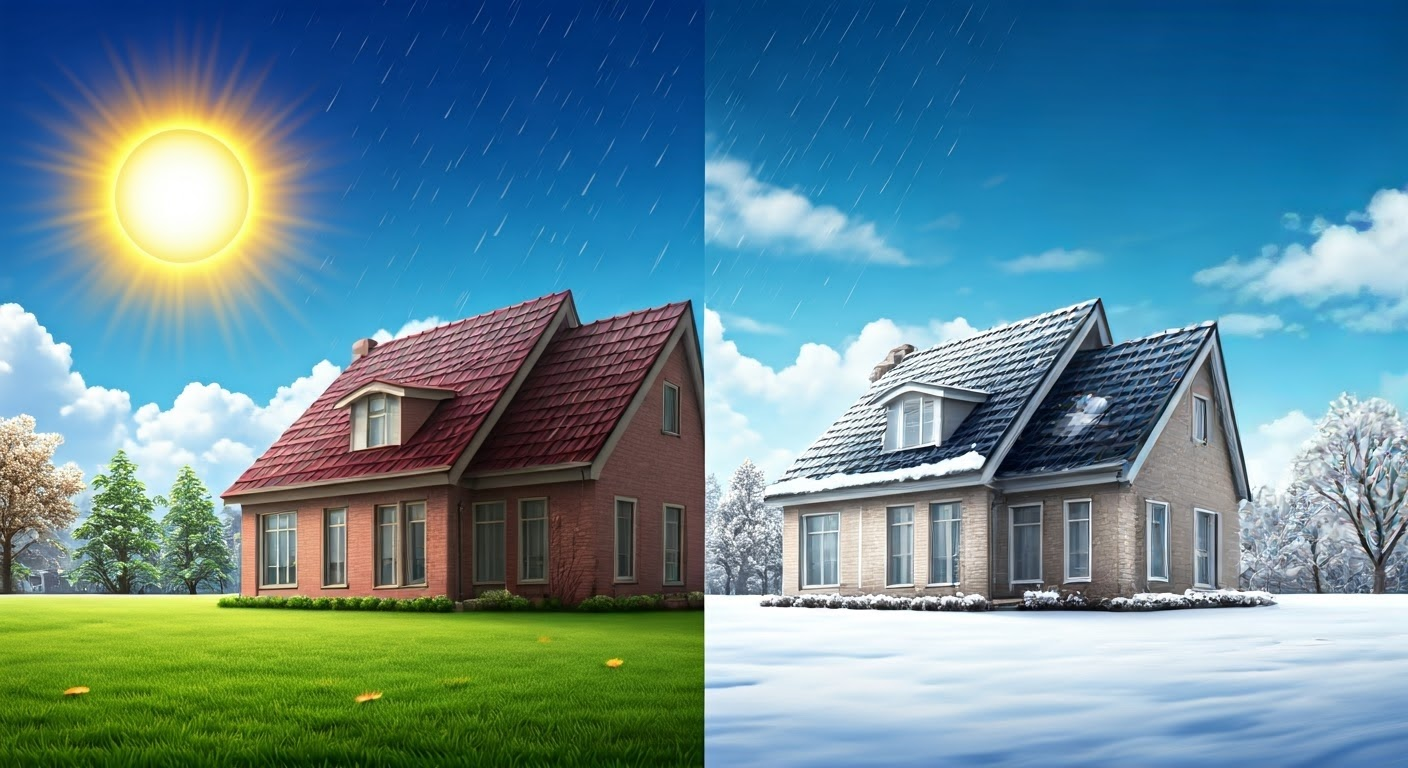
Our Location
Hours
Hours
Contact Us
License # 03-0235

